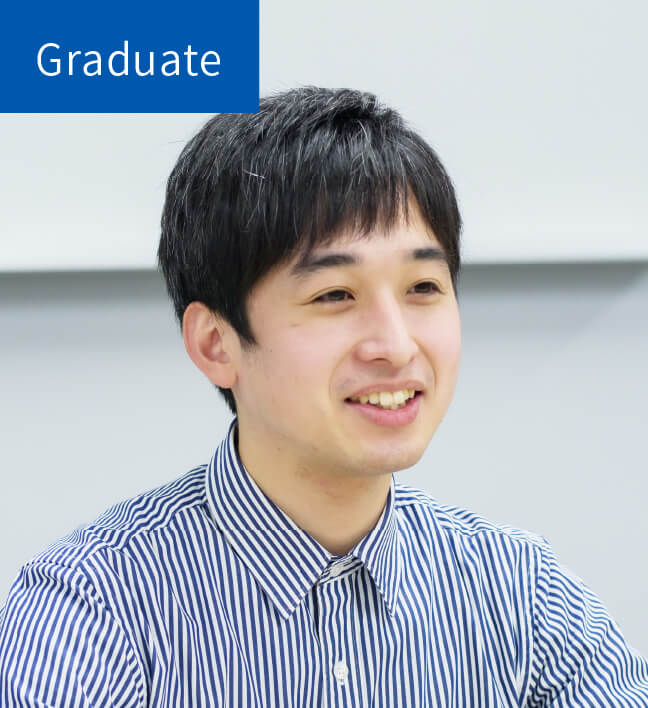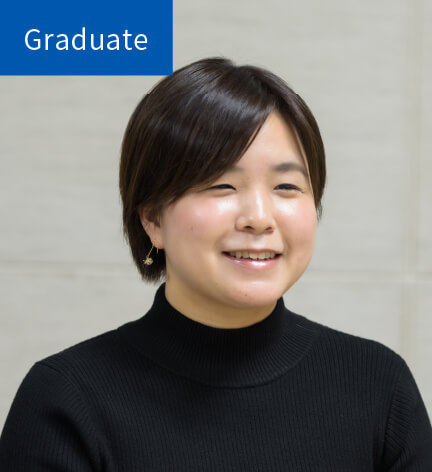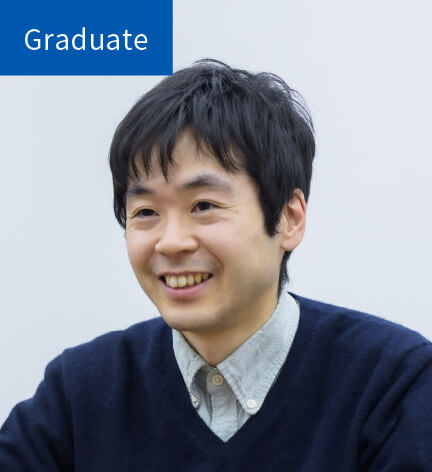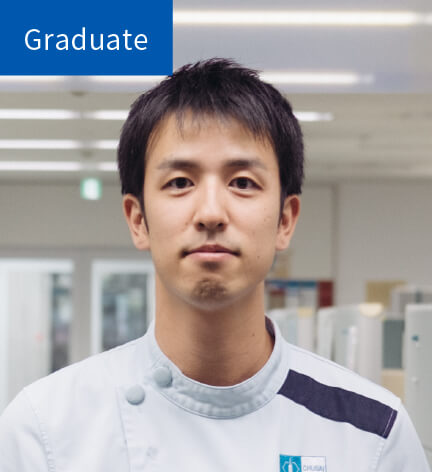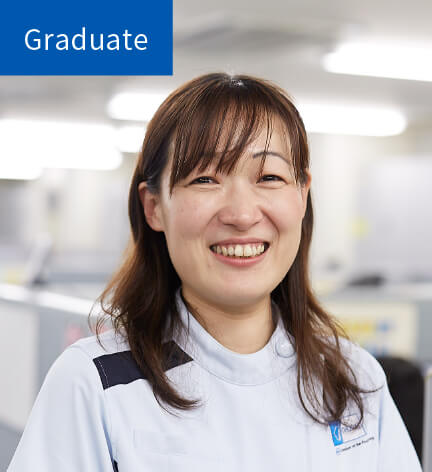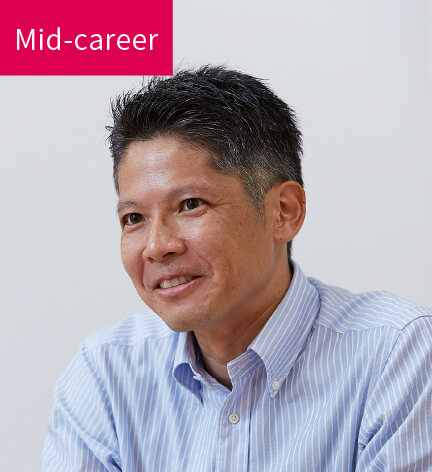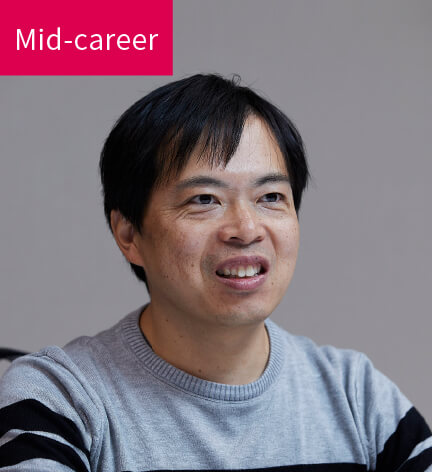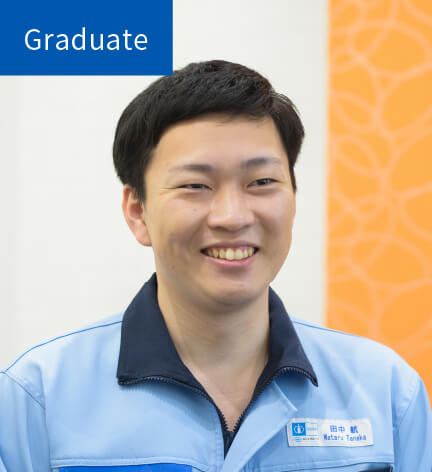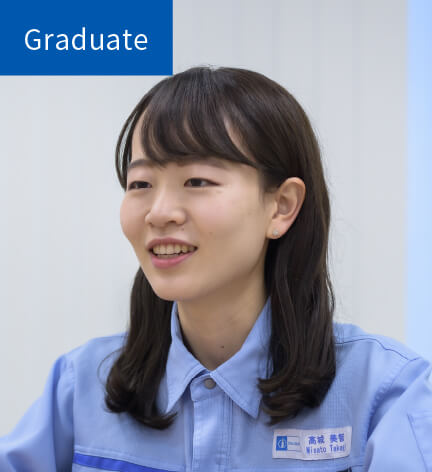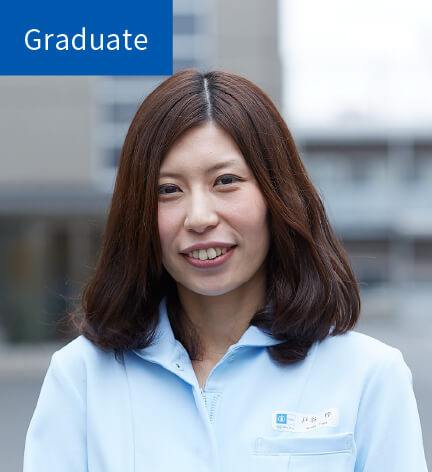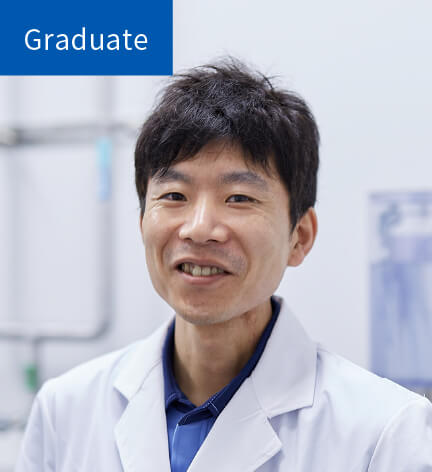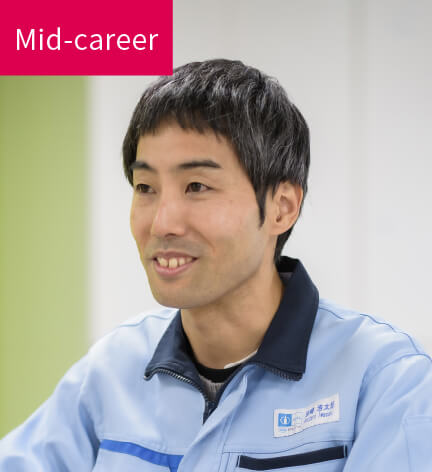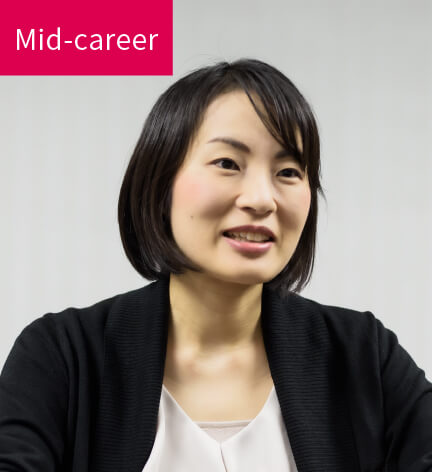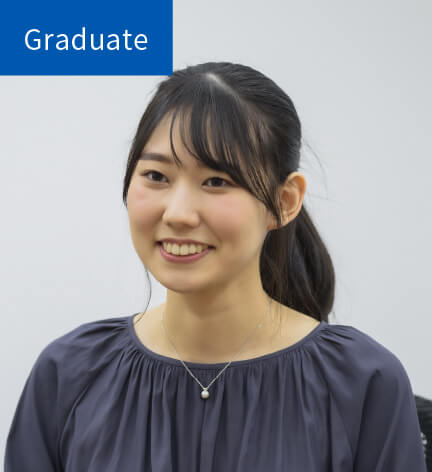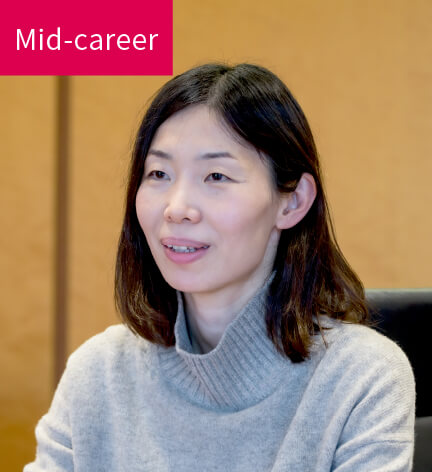-
New Graduate Recruitment
MYPAGE/ENTRY
Internship pre-entryPhD/postdoc recruitment
PhD/postdoc recruitment entryMYPAGE
Mypage for FY2026 Graduate Recruitment -
Mid-career Recruitment
Recruitment Infomation
Please check here for
a list of positions currently available.Alumni Network
Chugai provide opportunities for interaction with
Alumnai (graduates) who have worked with us at Chugai in the past.
If you would like to use it, please register here. -
Recruitment of the Disabled
Recruitment of the Disabled site
For candidates in possession of a disability handbook.
INTERVIEW
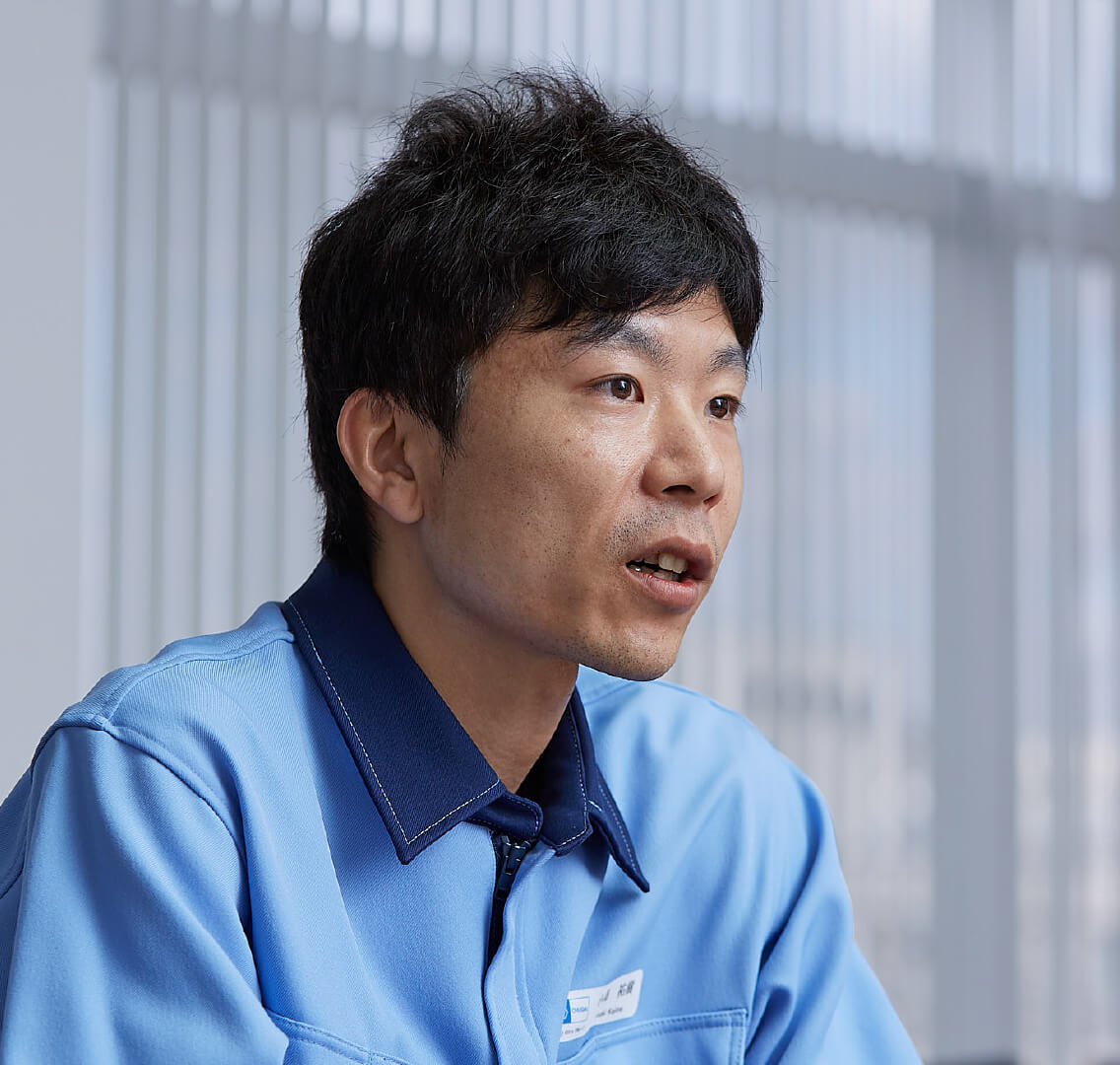
Someone who is serious about accumulating data to create new technologies.
Yuuki Kojima
Pharmaceutical Technology Div.
Production Engineering Dept.
Since 2006
Work that saves lives.
In his undergraduate and master’s program studies, Yuuki Kojima conducted basic research into organic chemistry with the objective of detecting cancer. His aim was to develop technology that would detect cells that had become cancerous by implanting organically synthesized compounds into DNA. Precisely because that was his area of research, he knew many students ahead of him or in his year who had gone to work for pharmaceutical companies, so Kojima naturally started to think about such companies as a future employer himself. ‘Even back then, I had heard that Chugai Pharmaceutical had advanced technological capabilities, and I wanted to throw myself into that kind of environment so I could continue my research. Talking to several graduates of my university laboratory who had joined Chugai Pharmaceutical, there were many moments when I could feel their sense of responsibility and pride in doing work that saves lives, so I was naturally drawn to want to do that kind of work myself.’
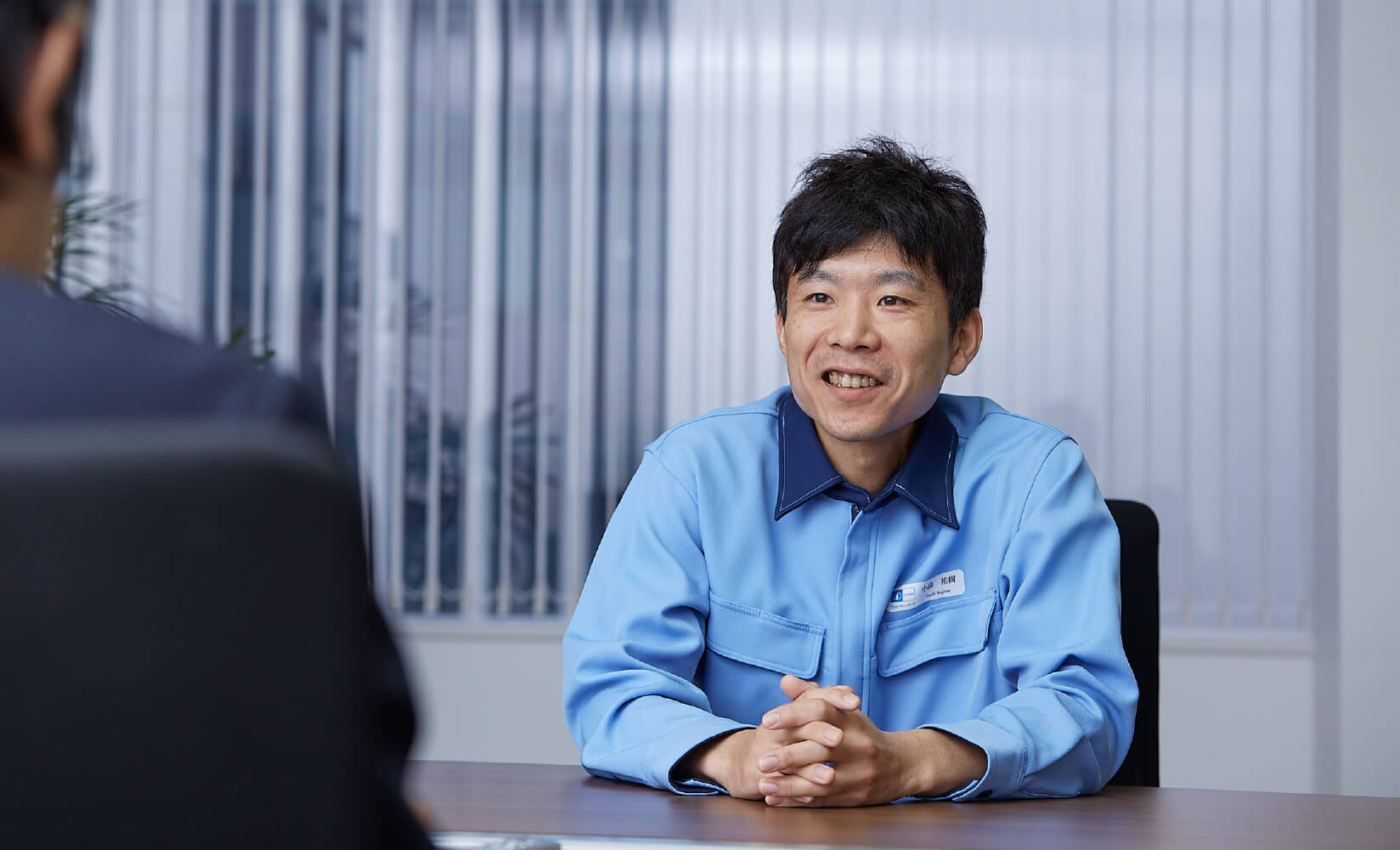
Since joining the company, Kojima has consistently been involved in dosage form technology. His main job is making oral agents, such as capsules and tablets, but this is certainly no easy task. ‘Compounds with the potential to become innovative drugs are sent to my workplace from the Research Division one after the other. My job is to make a capsule or tablet that will sufficiently draw out the benefits of that compound. Making an oral agent requires the addition of additives to the compound, but it is not uncommon for those additives to change the effect of the drug.’ The medicines that Kojima makes are first used in clinical trials and, once approval of the authorities has been obtained, they are then delivered into the hands of many patients out in the broader community. In other words, it could be said that whether or not an outstanding compound can be made into a medicine that will truly benefit patients ultimately depends on this dosage form technology. ‘In that respect, our responsibility as the technicians responsible for dosage form technology is a heavy one.’
Making medicines that work properly.
Alongside his duties making capsules, tablets, and other dosage forms, Kojima has also been conducting basic research. ‘The theme I have been working on since I started at the company is technology for the improvement of solubility. There are many compounds that have wonderful benefits but that are difficult to dissolve and absorb into the human body. In such cases, potentially, sufficient effect may not be produced with dispensing and manufacturing methods that use existing additives. So, we had been working on the development of technologies that will improve the solubility of compounds.’ Kojima and his colleagues continued with their cycle of proposing and verifying theories, steadily accumulating data and giving shape to new technology.
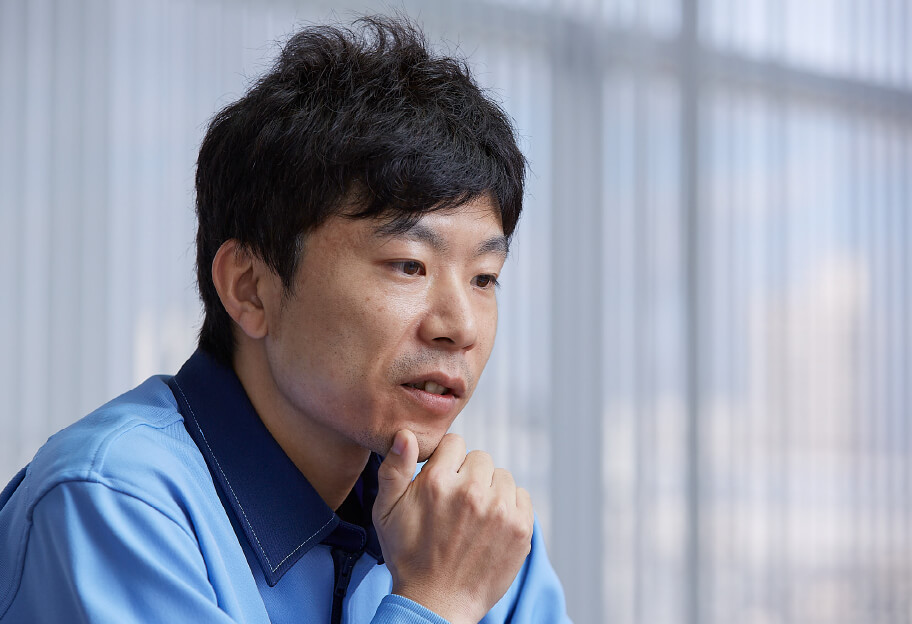
Then, in 2014, an opportunity to apply the new technology presented itself. A new compound arrived on Kojima’s desk. ‘Initially, many of the people in the project team said that they wanted us to use existing technology. Given the limits to time and costs, that is a completely natural reaction. On the other hand, if insufficient solubility were the cause of the compound’s effects not being produced, the clinical trial would have to be done again. Ultimately, that would take more time, delaying the delivery of the drug to patients. From our data to that point, we were confident that it would be better to use the new improvement technology that we had developed on this particular compound. So, to gain the understanding of the team that had developed this compound about the new technology, we organized and presented to them massive amounts of verification data and put all of efforts into explaining it to them.’ This resulted in the new technology that Kojima had developed being adopted and it proved effective in the subsequent clinical trial. After achieving success with this dispensing method, Kojima gradually started to receive more orders asking for the new technology to be used. Kojima basically rewrote one of the company’s common wisdoms.
Knowledge and confidence gained at Roche.
Kojima has also had the experience of temporary assignment to Roche headquarters in Basel, Switzerland. The purpose of that assignment was to learn about Roche’s dosage form technologies and to incorporate their essence into Chugai Pharmaceuticals. ‘I learned a great deal about many technologies and ways of thinking. Since my return to Japan, I have been actively proposing new technologies and methods that incorporate what I have learned. On the other hand, I also gained a real sense that the way I have been doing things at Chugai Pharmaceutical would be more than acceptable even at Roche, which has some of the world’s best researchers.’ What apparently made an even bigger impression on him than the technology was the diversity in the workplace. ‘There were people from many different nationalities, and they are all very considerate of each other in their communication, with English and German being the main languages used. Chugai Pharmaceutical too is now attracting researchers from all over the world even more than before, so I feel that my experiences back then are being put to use now in particular.’
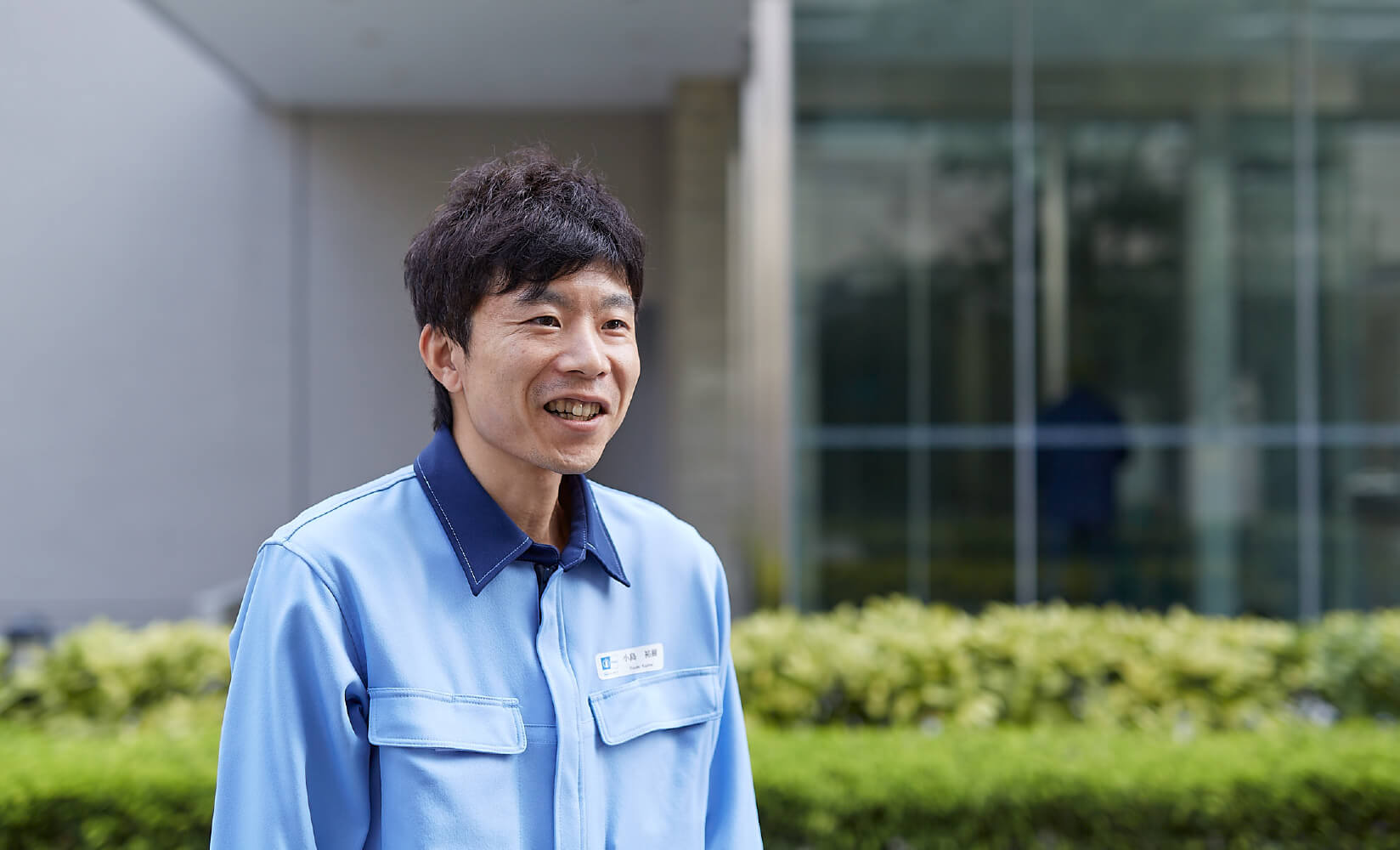
When asked about the future, Kojima says that the medium molecular-weight drug discoveries that Chugai Pharmaceutical is placing efforts into right now are difficult to convert into dosage forms, so technology to achieve that will become key. ‘I hope that people who join the company going forward will value their own opinions while they are young and that they will keep proposing new ideas. Their enthusiasm is sure to create the future for Chugai Pharmaceutical, including in these medium molecular-weight drug discoveries.’ Kojima’s eyes as he talked about the future were both gentle and brimming with passion.
*The contents of this article, and the divisions that the people featured in this article belonged to and the names of those divisions are current as of the time of the interview.

